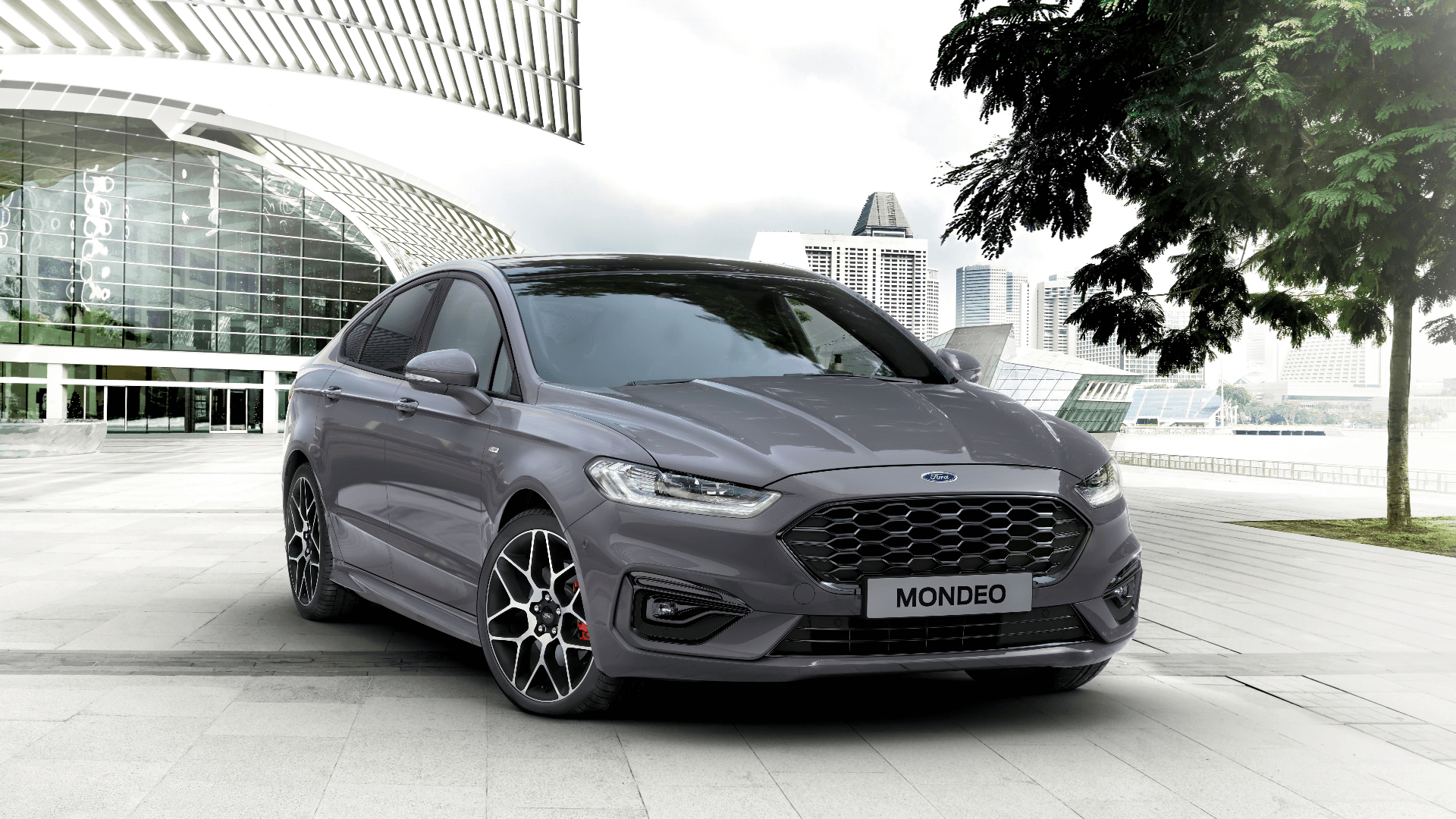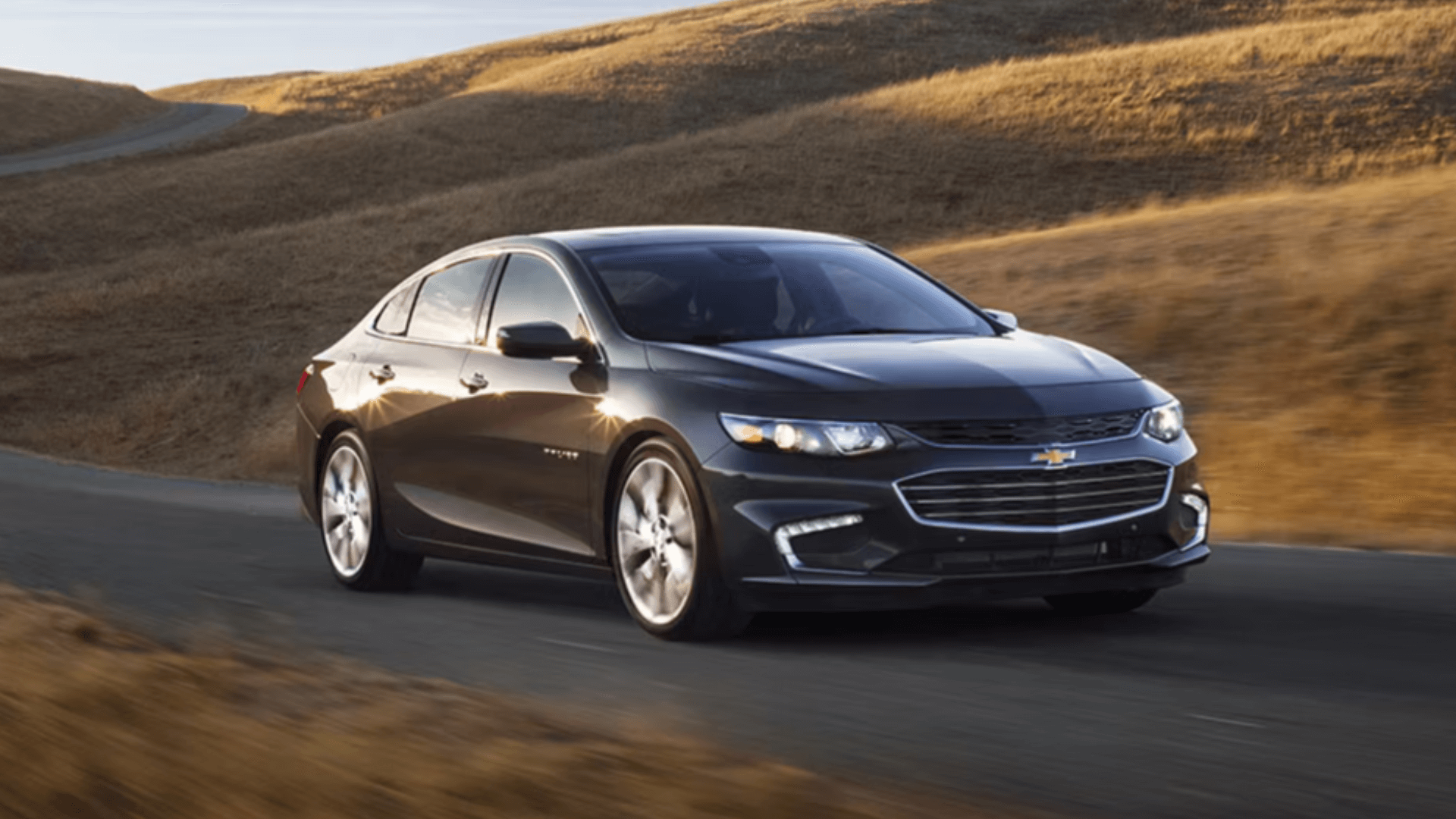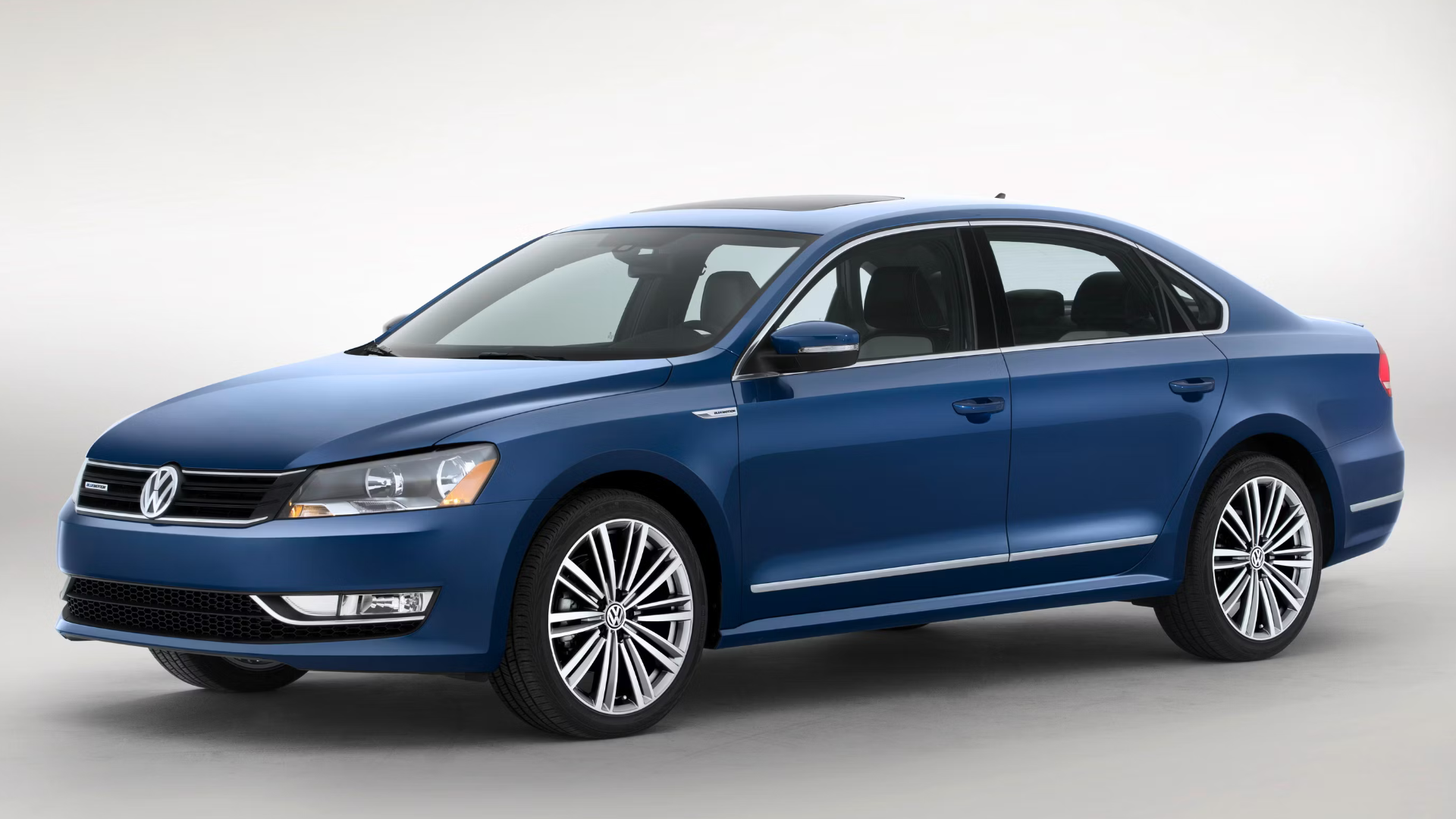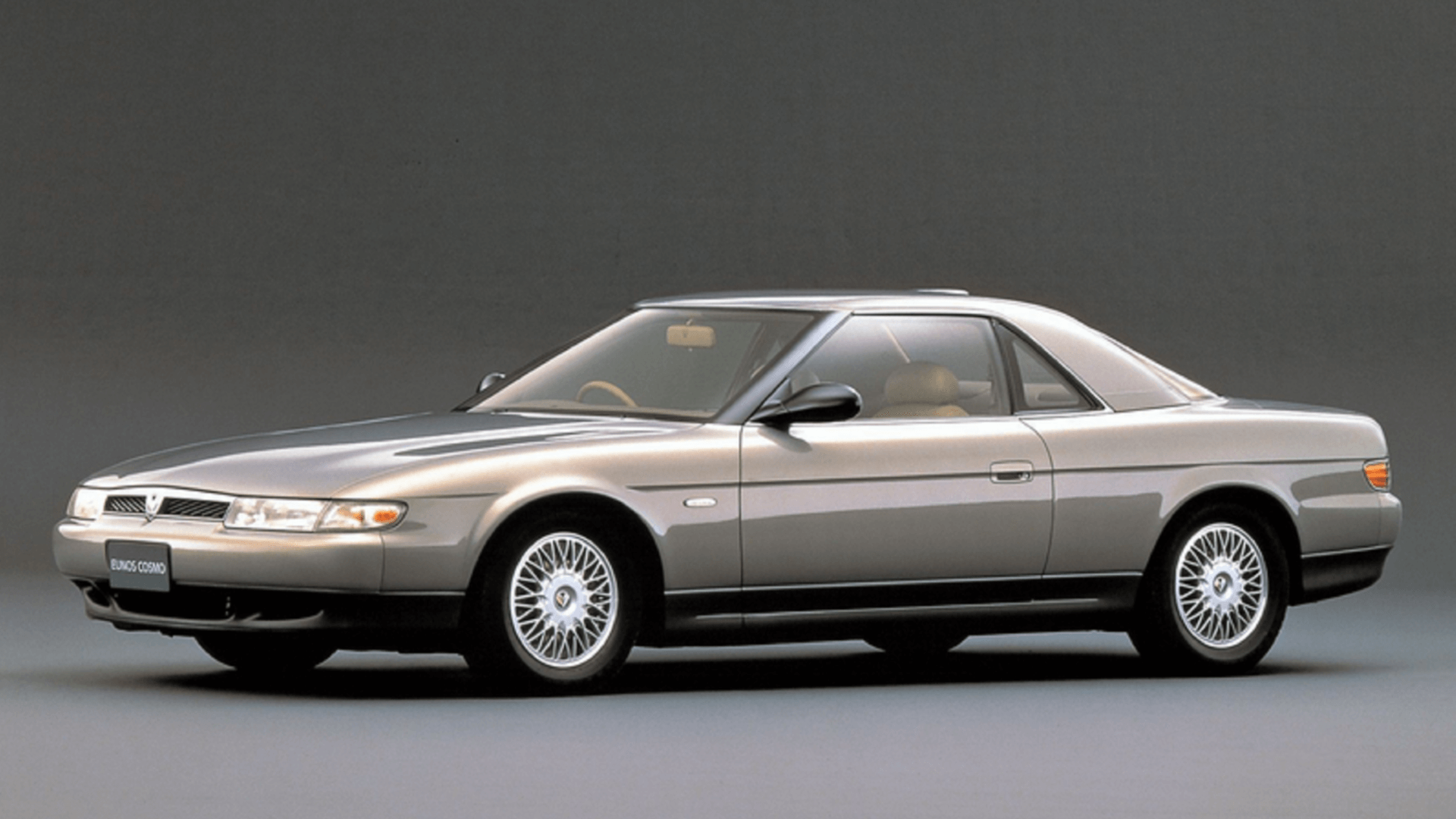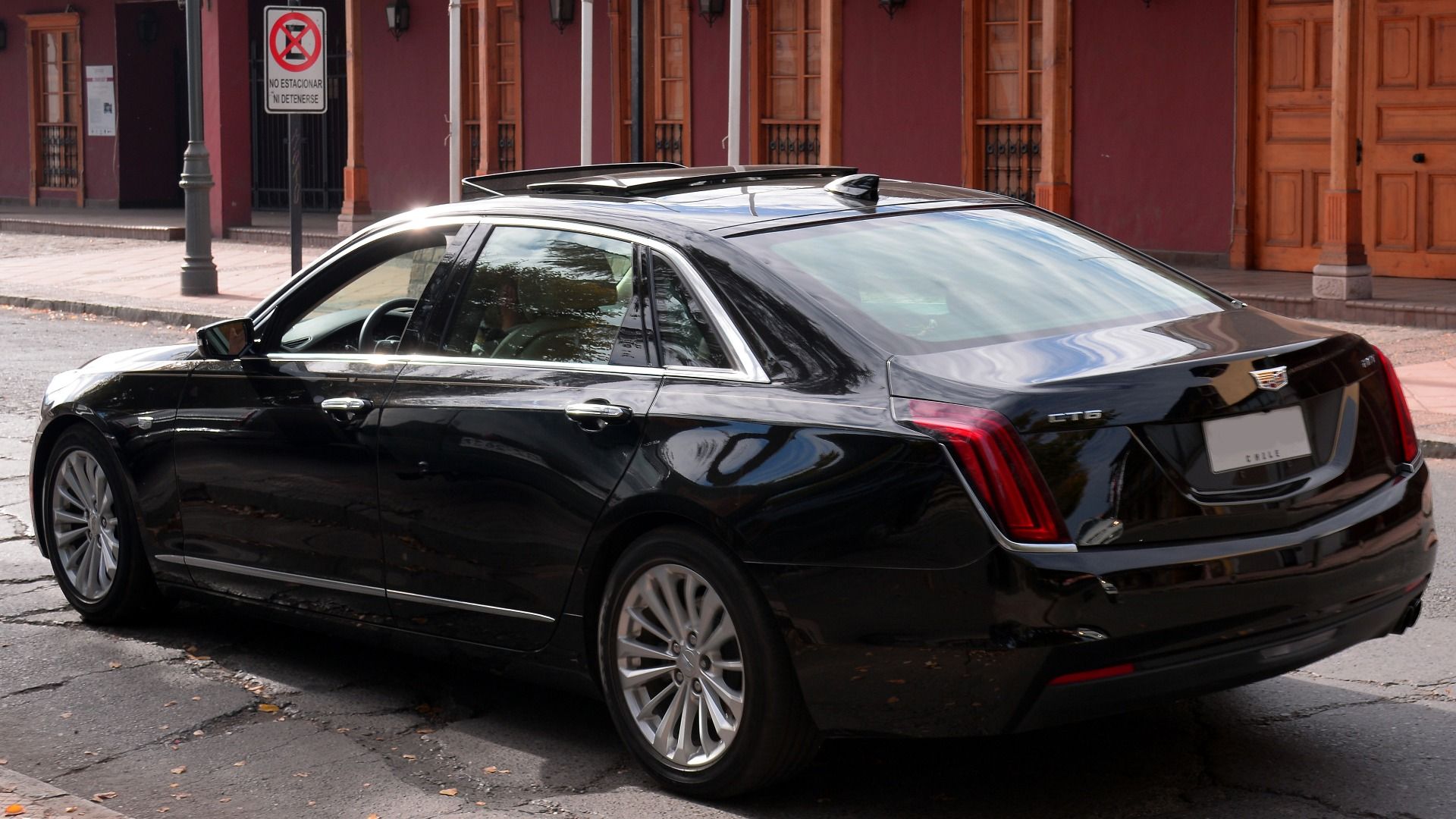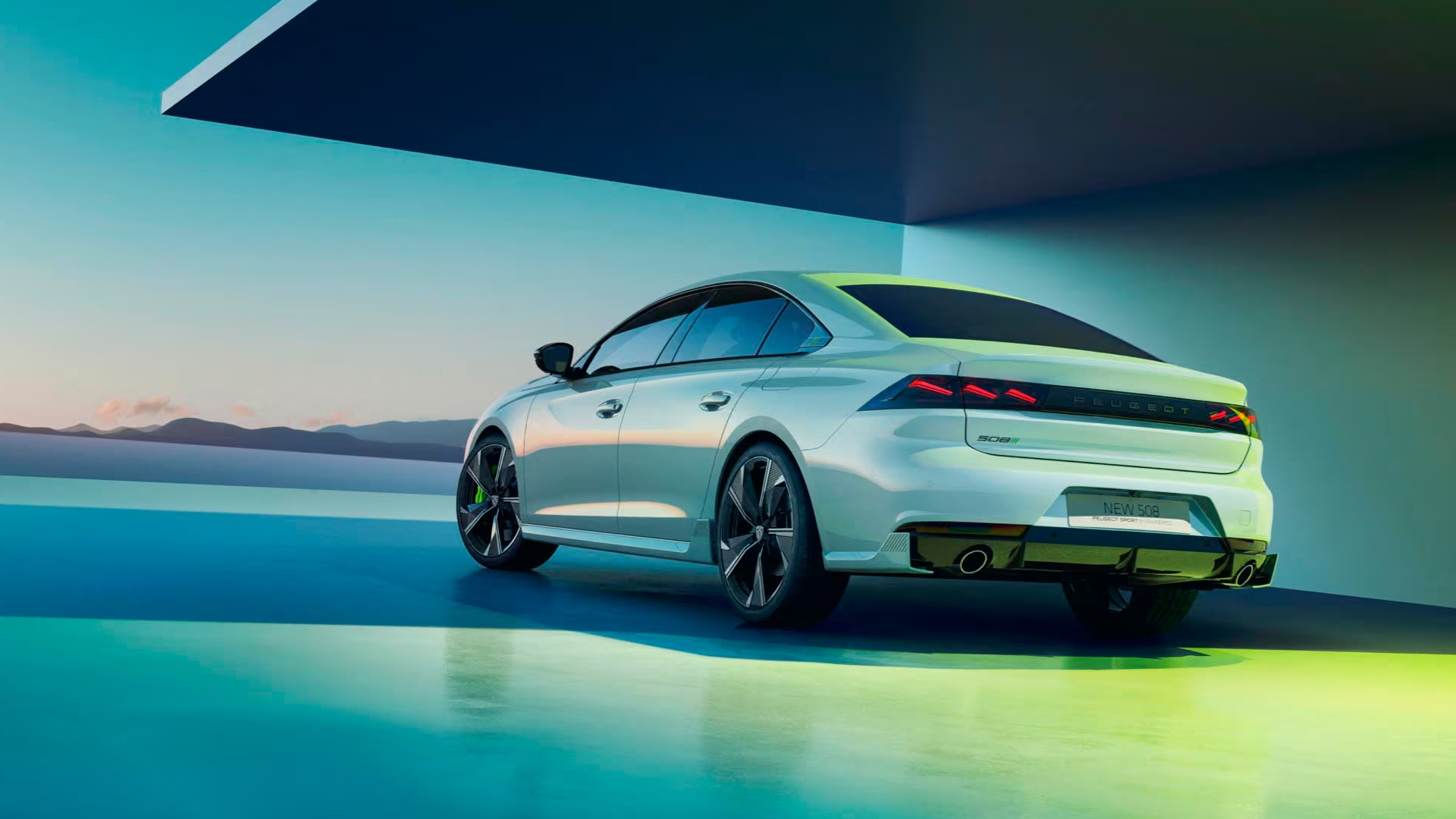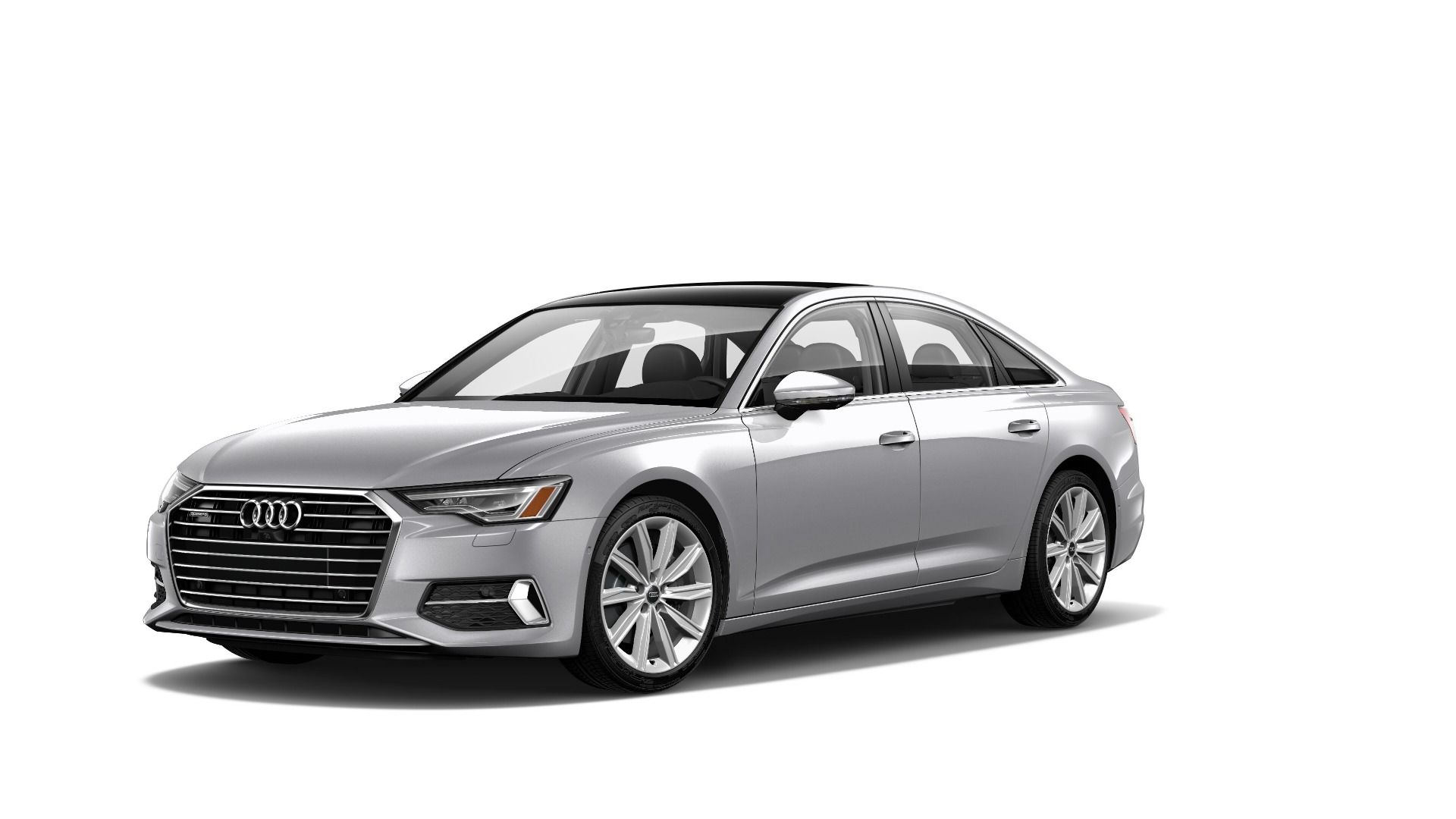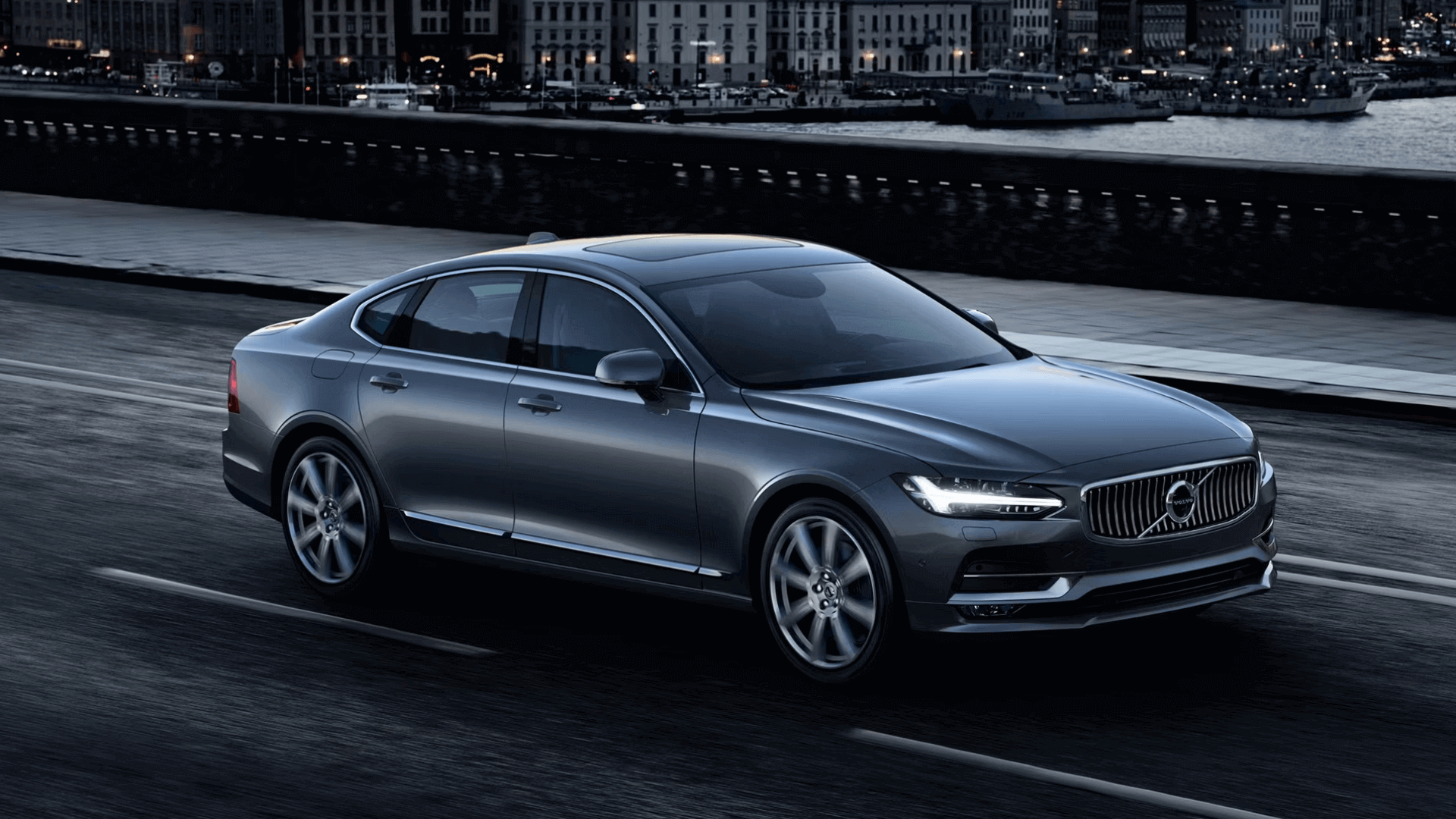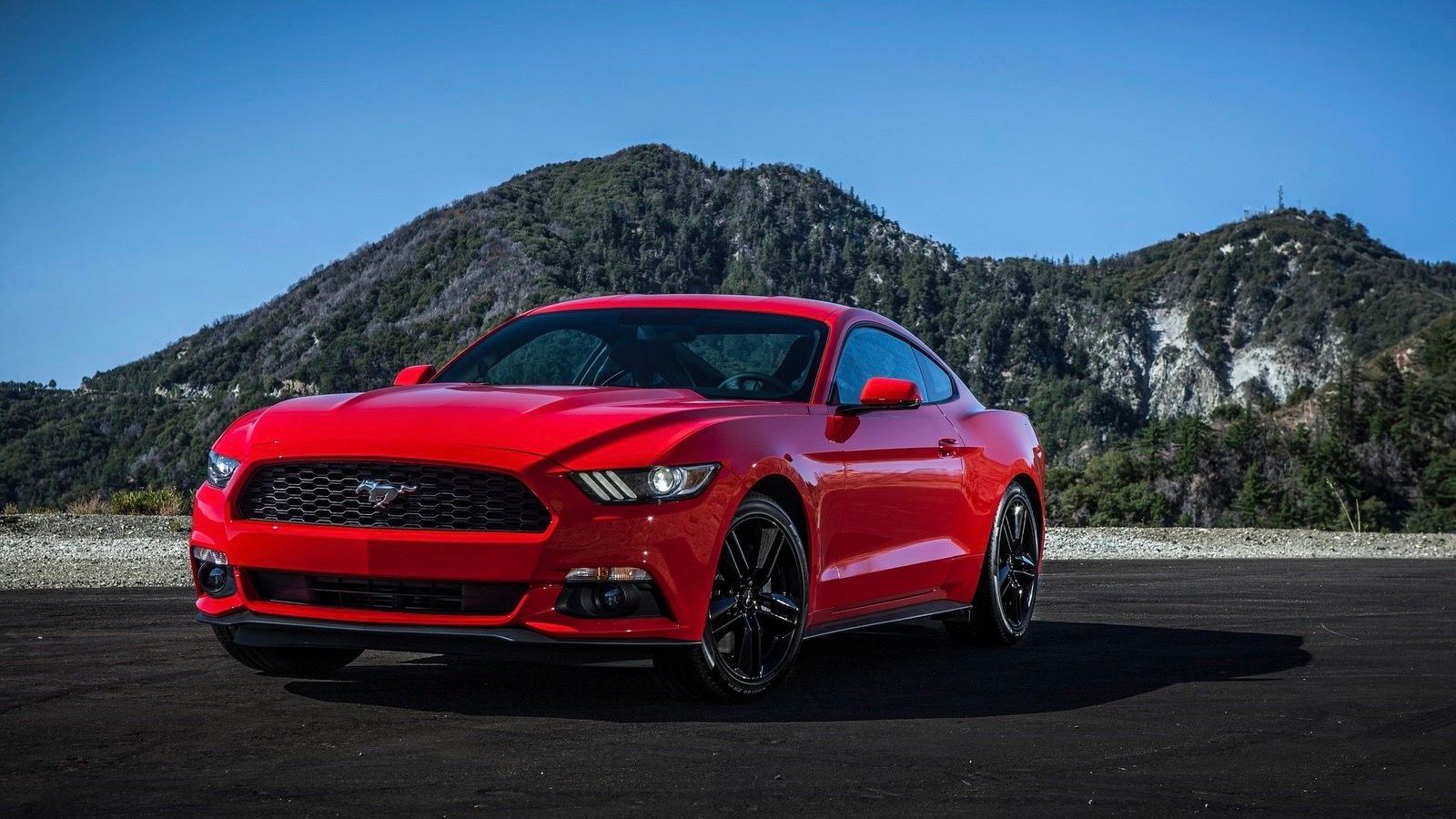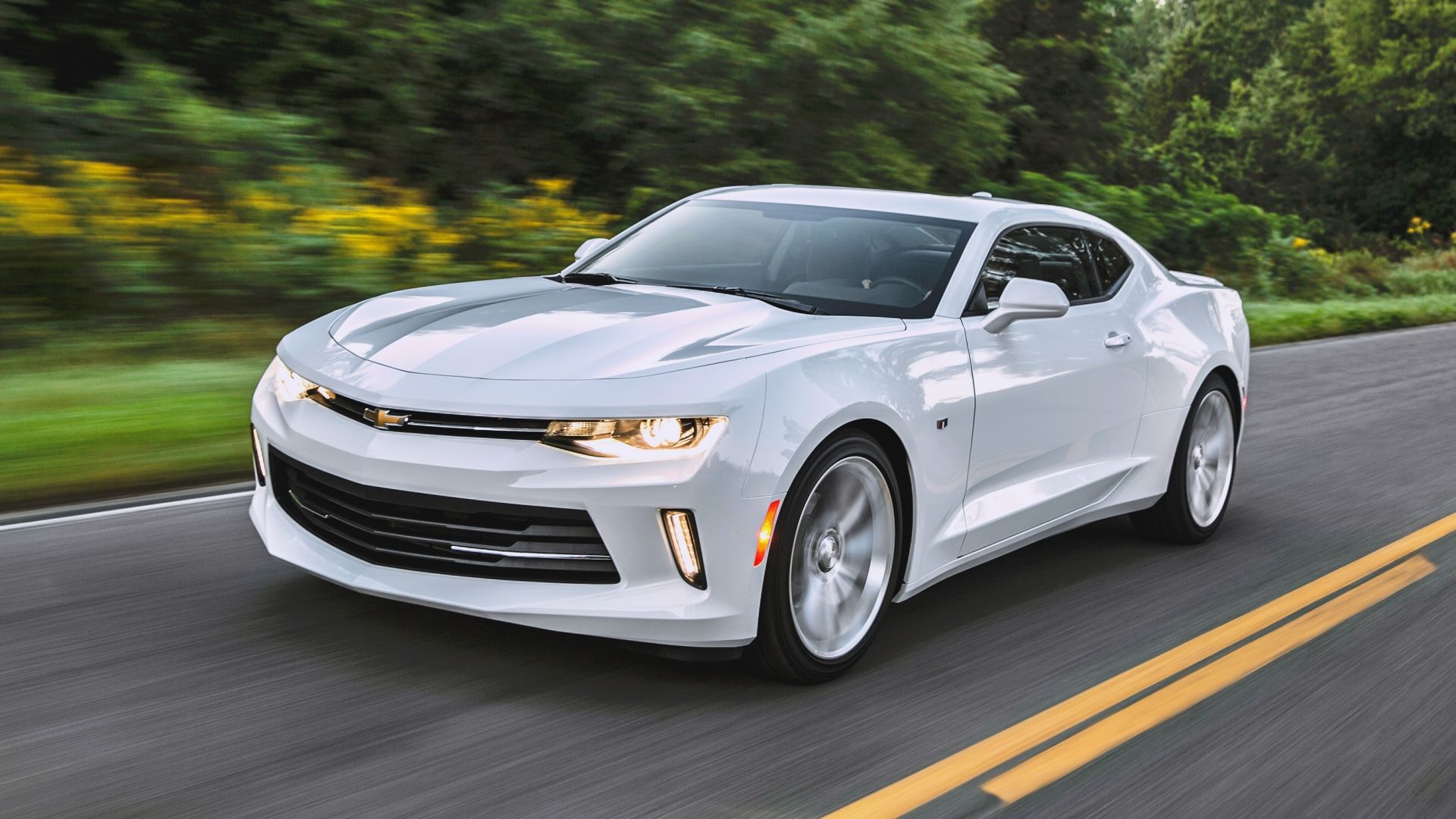The automotive industry is full of surprises, and one of the most intriguing ones is the use of small engines in apparently large vehicles. Despite their size, cars such as the Audi A6 and the Volvo S90 still deliver impressive performance while also providing better fuel efficiency. They may not have the same grunt as their V-8 or V-12 counterparts, but they prove that power and efficiency can come in unexpected packages.
We’ll take a closer look at 10 massive vehicles that defy preconceived notions about what “big” engines constitute. From full-size luxury sedans to capable and reliable SUVs, these models boast deceivingly small engines that pack a punch. We’ll examine their performance specs and discuss how they compare to the vehicle’s overall size, showing how their modest engines hold their own against the cars’ relatively large masses.
To ensure the accuracy and reliability of the facts and figures presented in this article, we have gathered data from Fuel Economy (.gov), JD Power, and various other sources.
10 2018 Ford Mondeo
0-60 MPH Acceleration: 11.6 Seconds
Slotting a tiny 1.0-liter 3-cylinder under the hood of a family sedan seems comical. But the engineering wizardry of Ford’s 999 cc EcoBoost makes it viable in the midsize Mondeo. Cranking out 125 horsepower and 125 pound-feet of torque, the petite turbo triples hustles the 3,208-pound Mondeo to 60 mph in about 10 seconds, although the highest recorded time is 11.6 seconds.
Performance
|
Engine |
1.0-liter Four-Cylinder |
|
Power |
125 HP |
|
Torque |
125 LB-FT |
|
Transmission |
6-Speed Manual |
|
Weight |
3,208 LBS |
|
Fuel Economy |
46 MPG Combined |
How does a 1.0-liter mill move two tons of sedan? A turbocharger and direct injection extract maximum output from the minimum displacement. Advanced tech like variable cam timing also broadens the power band. The torque-rich triple provides sufficient punch for suburban driving despite cubic capacity comparable to that of a motorcycle’s engine.
The Mondeo’s 1.0-liter EcoBoost proves that downsizing can be pushed to extremes with forced induction and engine wizardry. While giving up highway passing power, the tiny engine slashes fuel costs and enhances city drivability. This overall makes a microcar mill viable even in larger vehicles as evidenced by the Mondeo’s success in China.
9 2017 Chevrolet Malibu 1LT
0-60 MPH Acceleration: 8.6 Seconds
Motivating 3,152 pounds of midsize sedan, the 1.5-liter turbo-four in lower trims of the Malibu 1LT churns out a competitive 160 horsepower and 184 pound-feet of torque. The overachieving four-pot hustles the Malibu 1LT from 0-60 mph in 8.6 seconds, giving it peppy acceleration for passing and merging.
Performance
|
Engine |
1.5-liter Four-Cylinder |
|
Power |
160 HP |
|
Torque |
184 LB-FT |
|
Transmission |
6-Speed Automatic |
|
Weight |
3,152 LBS |
|
Fuel Economy |
27 MPG City/36 MPG Highway |
Helping the engine punch above its weight is a direct injection system to bolster low-rpm torque. The fuel-mindful will appreciate the car’s 36 miles to the gallon highway rating. All in all the small but stout engine enables sporty handling thanks to its grunt and lightweight design compared to a bulkier option like a V6. Later generations offered even better performance among other additional features.
8 2014 Volkswagen Passat 1.4 TSI
0-60 MPH Acceleration: 8.1 Seconds
Slotted under the hood of the midsize sedan which is no longer in VW’s offering in this size category, the 1.4L TSI turbo I4 generates a brawny 150 horsepower and 184 pound-feet of torque in the entry-level Passat 1.4 TSI. Tipping the scales around 3,274 pounds, the economical engine zips the Passat to 60 mph in 8.1 seconds. Helping reduce fuel costs, it achieves 35 miles per gallon and 48 miles per gallon on city and highway respectively.
Performance
|
Engine |
1.4-liter Four-Cylinder |
|
Power |
150 HP |
|
Torque |
184 LB-FT |
|
Transmission |
6-Speed Automatic |
|
Weight |
3,058 LBS |
|
Fuel Economy |
35 MPG City/48 MPG Highway |
Despite its subcompact dimensions, the TSI engine punches above its weight thanks to a turbocharger forcing extra air into the diminutive powerplant. The torque-rich engine provides sufficient verve for passing and merging maneuvers. The lightweight 1.4L also enhances handling dynamics versus a heftier V6.
7 1990 Mazda Eunos Cosmo Wankel
0-60 MPH Acceleration: 6.5 Seconds
In 1990, Mazda stuffed a tiny 1.3-liter twin-rotor Wankel under the hood of its Eunos Cosmo sports coupe. Despite a feathery 3,285-pound curb weight, its minuscule engine was remarkably powerful. Cranking out 300 horsepower in factory trim, the revvy engine rocketed the lithe Cosmo to 60 mph in a little over 6 seconds.
Performance
|
Engine |
1.3-liter Twin Rotor Wankel |
|
Power |
230 HP |
|
Torque |
217 LB-FT |
|
Transmission |
5-Speed Manual |
|
Weight |
3,285 LBS |
|
Fuel Economy |
20 MPG Highway |
Unlike piston engines, the Wankel derived immense power from minimal displacement thanks to its compact rotary design. Weighing under 300 pounds, the engine felt torquey despite a lower twist than its piston counterparts. With port injection and variable intake geometry, it overcame a modest capacity to deliver scintillating performance. The Cosmo braved reliability issues to demonstrate the rotary’s potential. The Wankel endures as one of Mazda’s powerful yet peculiar production cars in the company’s history.
6 Cadillac CT6 2.0T
0-60 MPH Acceleration: 6.1 Seconds
The Cadillac CT6 luxury sedan seemingly warrants a large displacement engine under its hood. However, the base 2.0-liter turbocharged four-cylinder unit churns out a solid 268 horsepower and 295 pound-feet of torque. The turbo four propels the CT6 from 0-60 mph in just 6.1 seconds. Fuel economy checks in at 22 mpg city and 30 mpg highway.
Performance
|
Engine |
2.0-liter Turbocharged Four-Cylinder |
|
Power |
265 HP |
|
Torque |
295 LB-FT |
|
Transmission |
8-Speed Automatic |
|
Weight |
3,711 LBS |
|
Fuel Economy |
22 MPG City/30 MPG Highway |
Despite tipping the scales at 3,711 pounds, the Cadillac CT6 2.0T delivers smooth, willing acceleration thanks to the gutsy turbo-four engine. The smallish engine never feels outmatched hauling the CT6’s hefty mass. Having gone out of production, you can instead go for the 3.0-liter twin-turbo CT5-V which provides an even more vigorous driving experience.
5 2022 Peugeot 508 PSE
0-60 MPH Acceleration: 6.0 Seconds
As incredible as it sounds, a modest 1.6-liter four-cylinder generates 197 horsepower and 221 pound-feet of torque in the svelte Peugeot 508 PSE sport sedan. Tipping the scales at 3,675 pounds, the hotted-up 1.6-liter rockets the 508 PSE to 60 miles per hour in just under 6 seconds. Equipped with a turbo and electric supercharger, the tech-laden engine achieves this heady output despite displacing about 1 liter less than rival sport sedans.
Performance
|
Engine |
1.6-liter Four-Cylinder |
|
Power |
197 HP |
|
Torque |
221 LB-FT |
|
Transmission |
8-Speed Automatic |
|
Weight |
3,675 LBS |
|
Fuel Economy |
156 MPG (Combined) |
|
100% Electric Range |
34 Miles |
Despite its compact dimensions, the Peugeot’s forced induction enables supercar-rivaling metrics. Electric torque filling enables immediate off-the-line punch. Augmenting the thrifty 1.6-liter engine, the 508 PSE’s electric motors add over 200 horsepower for an electrifying total system output.
4 Audi A6 TFSI
0-60 MPH Acceleration: 5.9 Seconds
The base 45 TFSI version of the Audi A6 mid-size luxury sedan comes equipped with a turbocharged 2.0-liter inline-four rated at 249 horsepower and 272 pound-feet of torque. Despite tipping the scales at 4,080 pounds, the A6 45 TFSI accelerates from 0-60 mph in 5.9 seconds.
Performance
|
Engine |
2.0-liter Four-Cylinder |
|
Power |
249 HP |
|
Torque |
272 LB-FT |
|
Transmission |
7-Speed Automatic |
|
Drivetrain |
Quattro All-Wheel Drive |
|
Weight |
4,080 LBS |
|
Fuel Economy |
24 MPG City/32 MPG Highway |
The turbo 2.0L engine in the Audi A6 45 TFSI provides smooth, punchy acceleration belying its small displacement. The willing four-cylinder never feels taxed motivating the heavyweight German luxury sedan. Fuel economy checks in at 24 mpg city and 32 mpg highway.
3 Volvo S90 T6
0-60 MPH Acceleration: 5.7 Seconds
Volvo outfits its flagship S90 sedan with a 316 horsepower turbocharged and supercharged 2.0L inline engine in T6 trims. The boosted four-cylinder generates 295 pound-feet of torque and pushes the 4,012 lb sedan from 0-60 mph in 5.7 seconds. The engine comes paired with AWD along with stop-start technology for 18/27 mpg city/highway.
Performance
|
Engine |
2.0-liter Four-Cylinder |
|
Power |
316 HP |
|
Torque |
295 LB-FT |
|
Transmission |
8-Speed Automatic |
|
Weight |
4,012 LBS |
|
Fuel Economy |
18 MPG City/27 MPG Highway |
The ingenious turbo and supercharger combo enables Volvo to extract impressive muscle from the S90’s small-displacement engine. The 2.0-liter I4 delivers smooth, effortless motivation befitting the stately Swedish luxury sedan. Even while hustling the S90’s substantial mass, the refined four-cylinder remains vibration-free. While the T6 delivers ample performance, shoppers demanding even more vigorous acceleration can upgrade to the Volvo S90 Recharge which mates the 2.0-liter engine with an electric motor.
2 2015 Ford Mustang EcoBoost
0-60 MPH Acceleration: 5.5 Seconds
Initially raising eyebrows, Ford fixed a 2.3-liter turbo-four in its legendary Mustang pony car for 2015. Churning out 310 horsepower and 320 pound-feet of torque in the Mustang EcoBoost, the scrappy turbo-four powers the 3,644-pound coupe from 0-60 mph in 5.5 seconds – not far off the V8 GT.
Performance
|
Engine |
2.3-liter Four-Cylinder |
|
Power |
310 HP |
|
Torque |
320 LB-FT |
|
Transmission |
6-Speed Automatic |
|
Weight |
3,644 LBS |
|
Fuel Economy |
22 MPG City/31 MPG Highway |
With direct injection and a twin-scroll turbo forcing max air into the diminutive engine, Ford coaxed V6-rivaling output from just four cylinders. The high-revving mill provides a willing throttle response – lacking the low-end torque but not the high-end horsepower of larger engines.
While no Coyote V8 substitute, the Mustang’s turbo-four proved a properly potent engine for America’s favorite muscle car despite one of the smallest displacements available.
1 2016 Chevrolet Camaro 1LT
0-60 MPH Acceleration: 5.1 Seconds
The entry-level V-6-powered 2016 Camaro 1LT came equipped with a 3.6-liter 335 horsepower V-6 that rocketed the 3,685-pound muscle car to 60 mph in 5.1 seconds. However, cost-conscious buyers could opt for the turbocharged 2.0L four-cylinder punching 270 horsepower and 295 pound-feet while returning 36 miles per gallon on the highway.
Performance
|
Engine |
2.0-liter Four-Cylinder |
|
Power |
270 HP |
|
Torque |
295 LB-FT |
|
Transmission |
6-Speed Automatic |
|
Weight |
3,685 LBS |
|
Fuel Economy |
23 MPG City/36 MPG Highway |
While no match for the roaring V-6, the turbo 2.0-liter in the Camaro 1LT provides surprisingly swift acceleration and agile handling. The powerful four-cylinder transformed the 1LT into an affordable corner carver rather than a stripped-down base model. The tuner-friendly turbo engine gave economy-minded enthusiasts a lighter, nimbler 1LT to wrench on.
Credit: Source link
